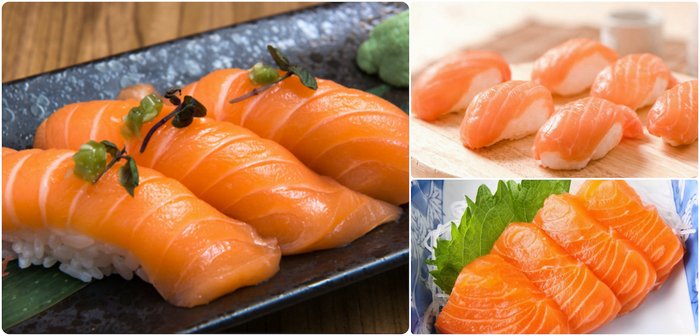
Oct.20
Elizabeth Andoh: A Taste of Culture – Salmon・鮭・saké・Sāmon・サーモン
Oct.20
The Japanese have been eating salmon (saké) for thousands of years, though historically it was consumed cooked, never raw. Eating fresh, raw salmon is a recent phenomenon, only a few decades old, in fact. The meteoric rise of raw salmon to the number one topping for sushi in Japan is due to a (highly successful)…
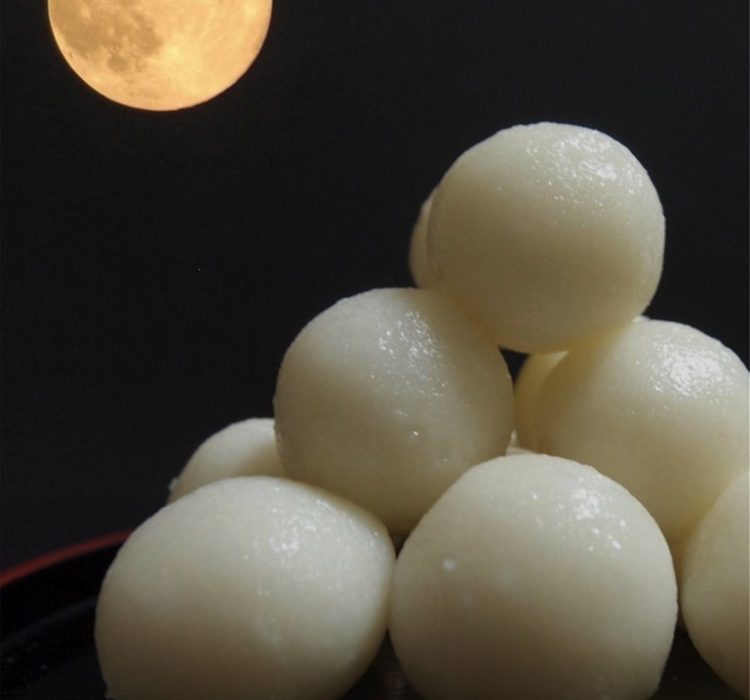
Sept.18
Elizabeth Andoh: A Taste of Culture – HARVEST MOON DUMPLINGS 中秋の名月 お団子
Sept.18
Though the moon waxes and wanes every month, chūshū no meigetsu, literally “moon of the middle autumnal month,” is considered special. Perhaps because it coincides with harvesting — indeed in many cultures it is referred to as the Harvest Moon. This year (2022), the Harvest Moon falls on September 10. Eating tsukimi dango (chewy rice dumplings) is among…

Sept.05
Elizabeth Andoh: A Taste of Culture – CHAMPURU a Happy Hodgepoge
Sept.05
NHK (Nippon Hōsō Kyōkai), Japan’s national broadcasting system produces and transmits television and radio shows of all sorts. One of their longest-running programs is a soap-opera like drama shown in 15-minute segments on weekday mornings. Each novella story unfolds over several months’ time. Known affectionately as Asa Dora (Morning Drama) it is often the vehicle…
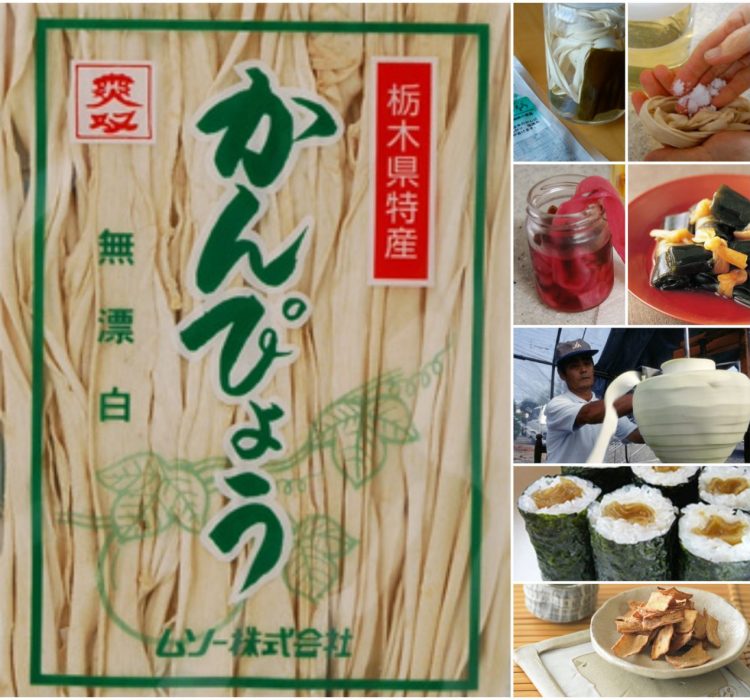
Aug.03
Elizabeth Andoh: A Taste of Culture – Kampyō; Edible Gourd Ribbons
Aug.03
There are hundreds of members of the gourd family (Cucurbitaceae) with sundry shapes, sizes and colors. Gourds were one of the earliest plants to be domesticated, about 13,000 years ago. Probably native to Africa, gourds quickly dispersed throughout the world. Archeological evidence pointing to cultivation and use of gourds in Japan dates back more than…
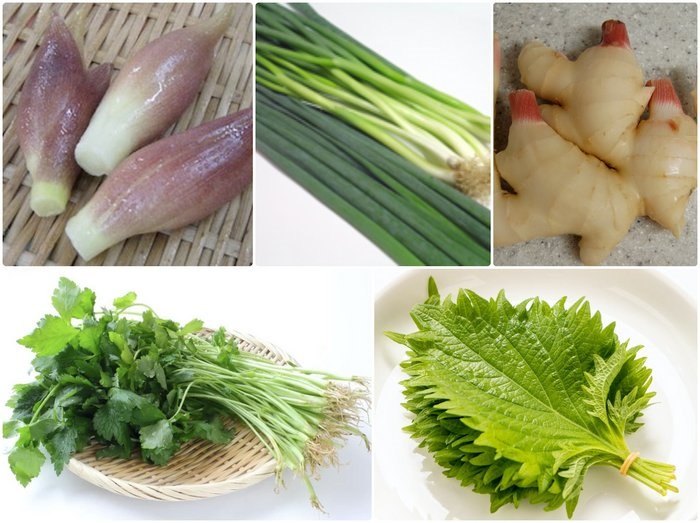
July.14
Elizabeth Andoh: A Taste of Culture – YAKUMI condiments
July.14
Food cultures around the world employ various aromatic herbs and spices to stimulate the appetite and promote healthful eating. Japan has a long history of using yakumi, best translated as “condiments,” that enhance flavor while providing a benefit to the body in some manner. Indeed, the Japanese word yakumi is written with calligraphy for “medicine” and “flavor,” suggesting…

May.25
Elizabeth Andoh: A Taste of Culture – Earthy GOBŌ
May.25
Gobō (burdock root; Arctium lappa) most likely arrived in Japan from the Asian mainland in the 10th century AD. Early written records indicate that gobō was, at that time, valued not as a food but rather for its medicinal (diuretic), anti-inflammatory properties. In addition to boiling the root and leaves, dried bits of peel were brewed and steeped…
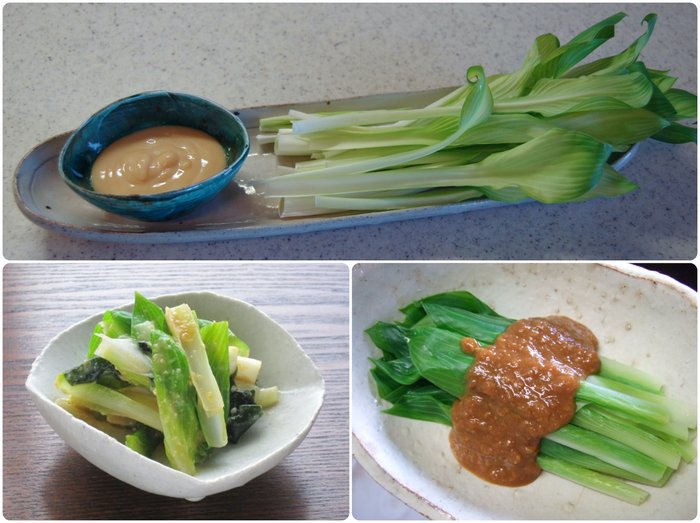
May.08
Elizabeth Andoh: A Taste of Culture – URUI: Elusive Taste of Spring
May.08
My early years in Japan were flooded with hatsu taiken (first-time experiences), especially at table. Among those were my first bite of URUI (Hosta sieboldiana), memorable for its elusive wild-grass flavor. Urui prepared as ohitashi showered with smoky flakes of dry-cured bonito was my very first encounter with this amazing garden green,. When, several days later I was served slender stalks of urui napped with…








